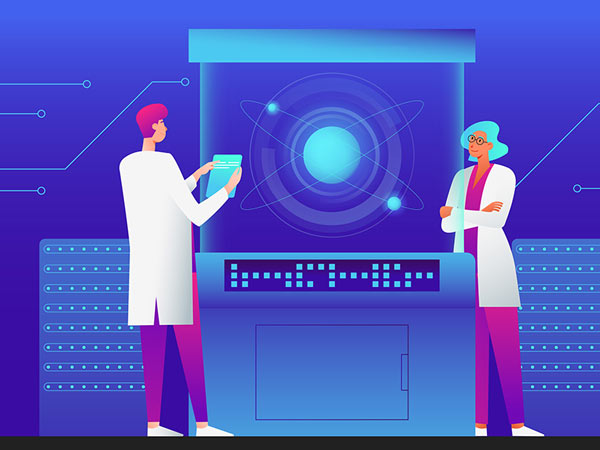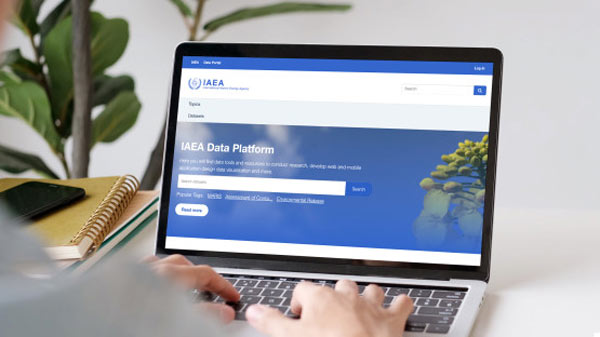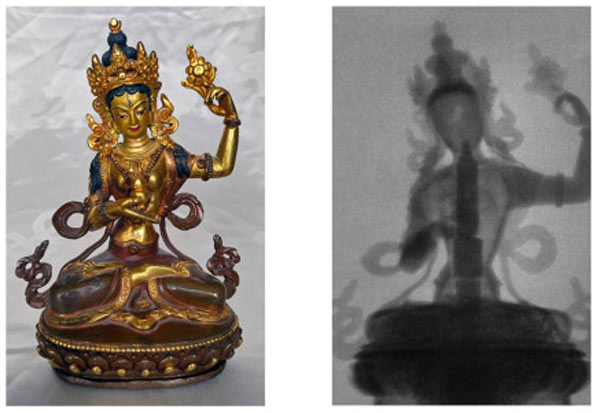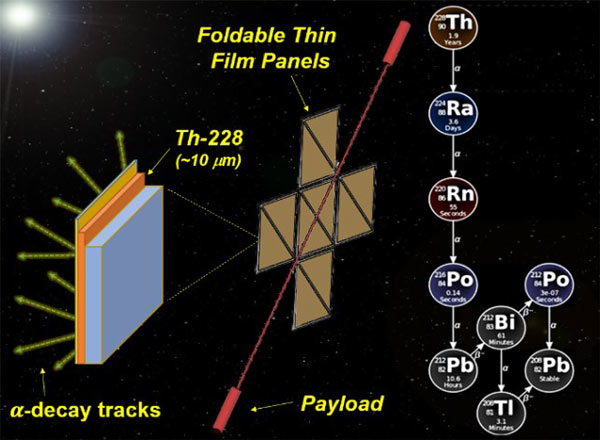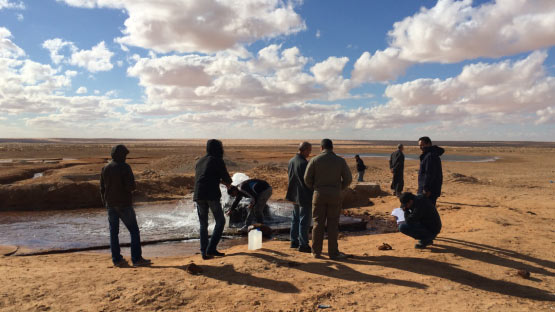IAEA launches new information system on safety of workers with naturally occurring radioactive materials
The IAEA has launched a new ISEMIR database specifically for workers in industrial processes involving Naturally Occurring Radioactive Materials (NORM), called ISEMIR-N. Globally, there are more than 24 million workers in industries such as mining, oil and gas production, mineral sands, water treatment, metal refining and recycling, phosphate production and geothermal energy who are monitored…

